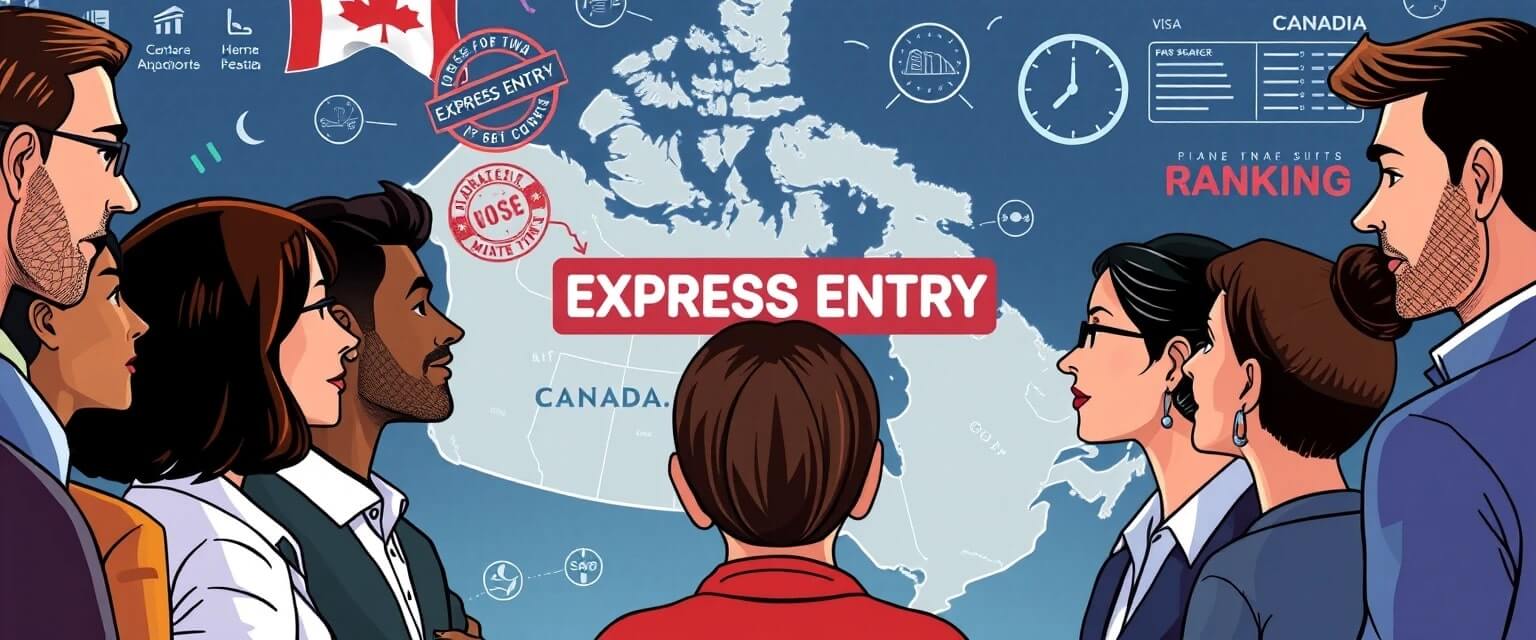Understanding Express Entry: What You Need to Know About the Tie-Breaking Rule
Navigating Canada’s Express Entry system can feel a bit like decoding a puzzle, especially when it comes to understanding the tie-breaking rule. For anyone looking to get permanent residency (PR) in Canada, this rule is a key part of the process. If you’ve ever wondered how applicants with the same Comprehensive Ranking System (CRS) score are sorted out, the answer lies in this rule. Understanding it could make the difference between getting an invitation to apply (ITA) or waiting another round.
So, What Exactly Is the Tie-Breaking Rule in Express Entry?
If you’re applying for Canadian PR through Express Entry, your CRS score is one of the most important factors. This score is based on things like your age, education, work experience, and language skills in English or French. But what happens if two applicants end up with the same score? That’s where the tie-breaking rule comes in.
When multiple candidates have the same CRS score, Immigration, Refugees and Citizenship Canada (IRCC) uses the tie-breaking rule to decide who gets the ITA. The key factor here is the submission date of your profile. The earlier you submit your profile, the higher your chances of receiving an ITA if there’s a tie.
Looking for expert advice from a trusted Immigration Consultant in Canada? A skilled consultant can help you navigate the complexities of the Express Entry system and optimize your chances of success.
How Does the Tie-Breaking Rule Work?
Let’s say the CRS cut-off score for a specific draw is set at 470. If two candidates, say Aisha and Raj, both have 470 points, the IRCC looks at when each profile was submitted. Let’s assume Aisha submitted hers on March 1, 2024, and Raj submitted his profile on March 15, 2024. If the IRCC sets the tie-breaking date as March 10, 2024, Aisha gets the ITA because she submitted her profile before the tie-breaking date, while Raj does not.
It’s a bit like a race where both runners are equally fast, but the one who starts earlier wins.
Why Should You Care About the Tie-Breaking Rule?
Now that you understand how the rule works, you might be wondering, “Why is this so important?” Well, if your CRS score is just above the cut-off score and you’re hoping to get an ITA, this rule can play a big role. While it’s tempting to focus only on boosting your CRS score, submitting your profile as early as possible is a smart move. By doing so, you give yourself a better shot at securing that coveted ITA, especially if your score is on the borderline.
If you need help optimizing your Express Entry profile, consider reaching out to a reputable Immigration Consultant in Toronto who can guide you through the process and ensure your application is top-notch.
Let’s Break It Down with a Real-Life Example
Imagine Priya, who submits her Express Entry profile on February 1, 2024, with a CRS score of 465. A few months later, Sameer submits his profile with the same score on April 15, 2024. The IRCC announces a draw with a cut-off date of March 10, 2024. Guess what happens? Priya receives the ITA, but Sameer does not. Why? Because Priya submitted her profile before the tie-breaking date, and Sameer’s profile came in too late.
This example shows just how important it is to be proactive. Waiting around can cost you an opportunity. If you’re sitting on the fence about submitting your profile, don’t wait. The sooner you submit, the better.
A Few Things to Keep in Mind
Here are some tips and things to remember when you’re applying:
- Maximize Your CRS Score: Sure, the tie-breaking rule is important, but your CRS score still holds the most weight. The higher your score, the more likely you are to receive an ITA. So, what can you do to bump up your score? Here are a few ideas:
- Work on your language skills: If you haven’t taken a language test yet (or if you can improve your score), this could give you a significant boost.
- Get additional education or experience: A higher level of education or more work experience in your field can increase your CRS score.
- Consider provincial nominations: Some provinces in Canada issue nominations that give you an extra 600 CRS points.
An experienced Immigration Consultant in Brampton can assist you in identifying the best strategies for maximizing your CRS score and enhancing your chances of success.
- Profile Updates Don’t Affect Submission Dates: Here’s something that often trips people up: If you update your profile with new qualifications, improved test scores, or new job experience, your submission date stays the same. This is a big deal because it means you won’t lose your spot in the queue. Just make sure that any updates you make don’t involve deleting and resubmitting your profile, as that will reset your submission date.
- Be Cautious About Deleting and Resubmitting Profiles: Sometimes, people delete and resubmit their profiles to make improvements. While this can help in certain situations, it also resets your submission date. If you’re trying to avoid the tie-breaking issue, it’s better to update your profile rather than start from scratch.
How to Strengthen Your Express Entry Application
It’s not just about the tie-breaking rule—it’s about making your application as strong as possible overall. Here are a few practical tips that can help you stand out:
- Submit Early: If you’re eligible for Express Entry, don’t wait around. Submit your profile as soon as you can. The earlier you get your profile in, the better your chances of avoiding any issues with the tie-breaking rule.
- Focus on Improving Your CRS Score: There’s always room for improvement, so if you can raise your CRS score, it’s worth putting in the effort. Even small changes can help you stay above the cut-off and avoid a tie-breaking situation.
- Stay Updated: IRCC frequently updates the CRS cut-offs, tie-breaking dates, and other details. Stay on top of the latest draw results and news so you can adapt your strategy accordingly.
The Role of an Immigration Consultant
Navigating the complexities of Express Entry can feel daunting, especially if you’re new to the process. If you’re unsure about how to optimize your CRS score or handle the intricacies of the tie-breaking rule, working with a skilled Immigration Consultant in Canada can help. A consultant can guide you through the process, help you improve your profile, and give you peace of mind that you’re putting your best foot forward.
Whether you need assistance with your language tests, help with profile optimization, or advice on boosting your chances, an experienced Immigration Consultant in Brampton can make the process smoother and more efficient.
Book an Appointment with Sahil for any Immigration related Queries
Conclusion
Understanding the tie-breaking rule in Express Entry is crucial for anyone aiming for Canadian PR. By submitting your profile early, improving your CRS score, and staying informed about the latest draws, you can significantly increase your chances of receiving an ITA. And remember, don’t get caught in a tie-breaker situation—take control of your immigration journey, and make your submission count. If you need help, don’t hesitate to reach out to a trusted Immigration Consultant in Toronto. Good luck!




